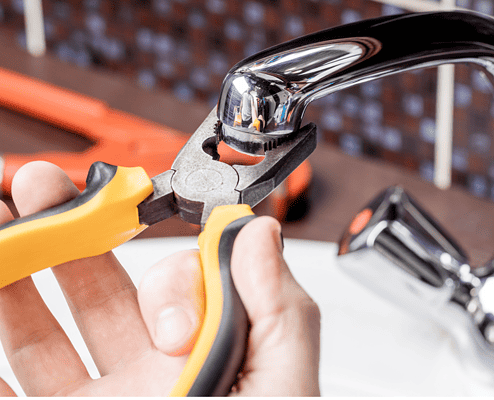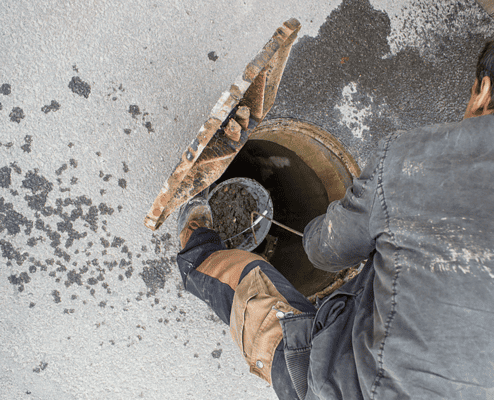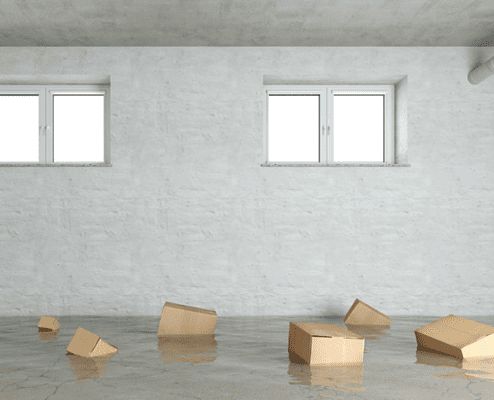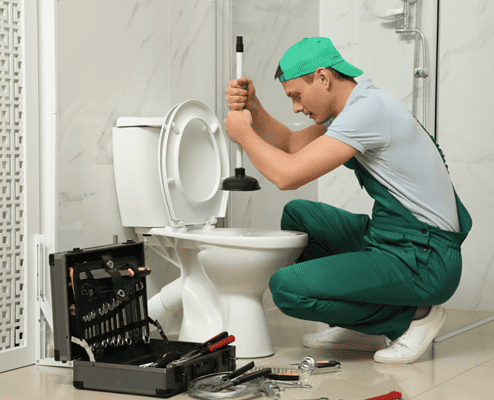
Tips for Adding a Backyard Water Feature
Do you want to enhance the beauty of your backyard by adding a backyard water feature? Water elements, according to experts, are one of the most beneficial improvements to consider for enhancing the charm of your building because of their audio…

All You Need to Know About PEX Pipe
As you know that PEX is rapidly being chosen in new development and restoration projects to substitute metal and strong aluminum water supply pipes. While coils of blue and red PEX pipe are frequently seen in plumbing sections of home improvement…

How To Fix a Leaky Faucet In Portland?
If you are annoyed by a leaky faucet and don't know how to fix your leaky faucet living in portland we are here to guide you. Preventing leaky faucet problems is one of the most common types of calls Portland and Lake Oswego plumbing professionals…
![How To Repair Pvc Pipe In Tight Spaces [7 Steps To Follow] 4 How To Repair Pvc Pipe In Tight Spaces](https://jamplumbingpdx.com/wp-content/uploads/2021/08/11-495x400.png)
How to Repair PVC Pipe in Tight Spaces [7 Steps to Follow]
Have you got your PVC pipe damaged and wondering How to repair PVC pipe in tight spaces? Here we have explained it in 7 steps to repair PVC pipes in tight spaces:
Stop the flow of water.
Make a drip pan or bucket.
Fix the leakage
…

Drain Maintenance Treatment: How To, Guide
Drains are something that is not given proper importance, although they are used regularly in homes. But when a drain gets clogged, then it is a big issue and a lot of your chores get halted. At that time, many resorts to a plumber. This is…

What you should Know about Outdated House Traps?
Indoor plumbing was first found and used in the 19th century, but it hasn’t been perfected since then. The state of plumbing technology and best practices is always evolving. Now and then, a popular method goes out of favor and must be replaced…

What to do When your Basement Floods?
Some of the most typical sources of basement flooding are burst pipes, sewage backups, and leaking water heaters. When your basement floods, you must act promptly to avoid mold and water damage. When you have a flooded basement, follow the actions…

Clogged Toilet: How To Unclog A Toilet
Clogged Toilets are no less than a disaster and if you are a big family and you only have one toilet at your home and that too, is clogged. Then, things get even more worrisome. But, with the right actions taken, you can save yourself a lot…
